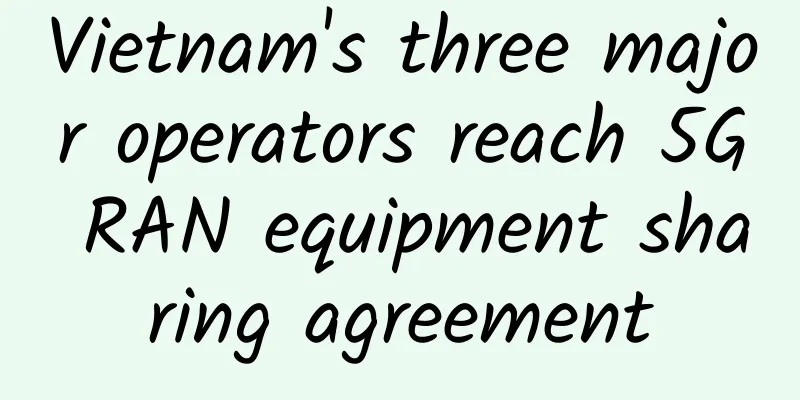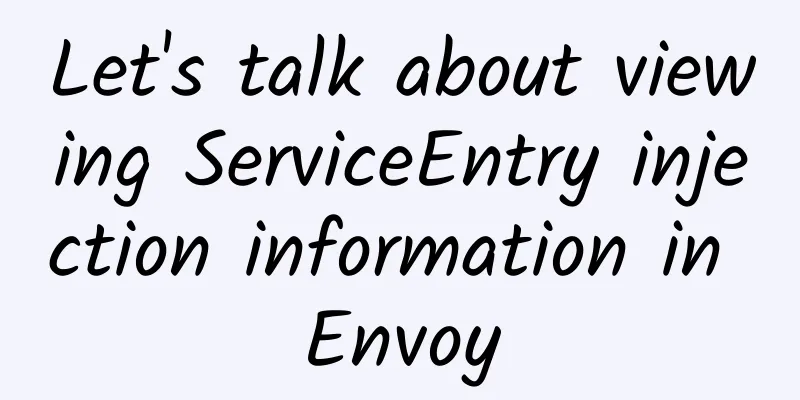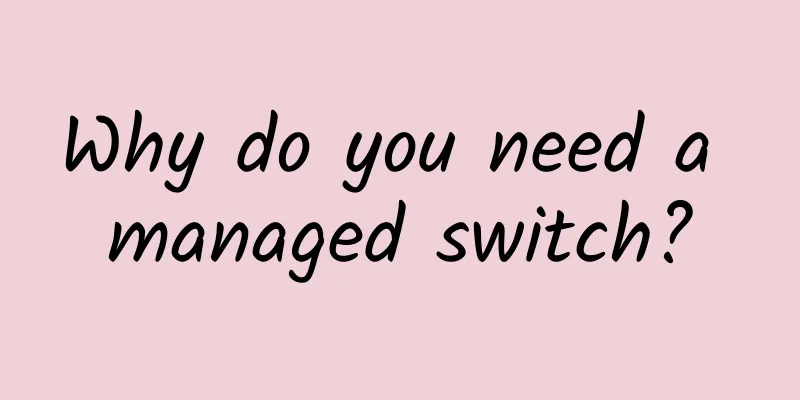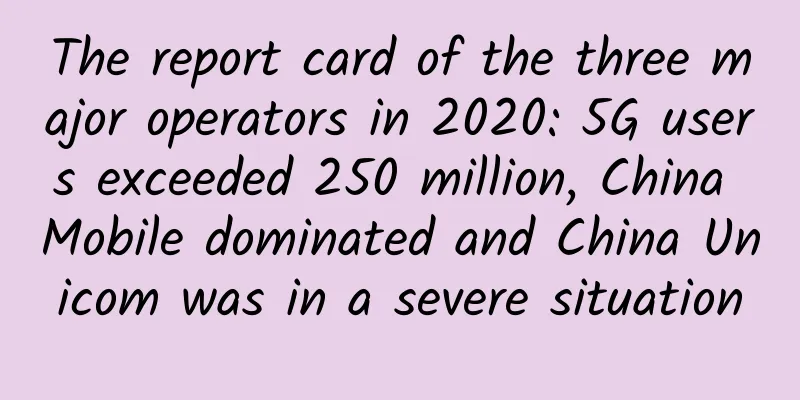How big an impact will 5G have on future military?
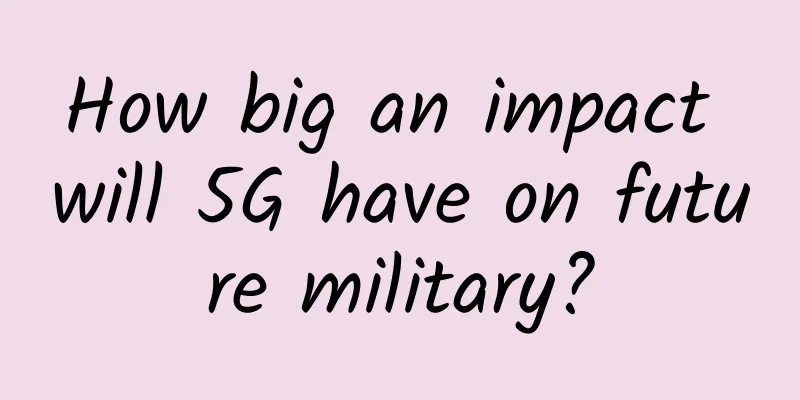
|
The first application scenario of 5G is military communications. From 1G to 4G, it is not as simple as adding 1G, but each time the network speed is increased by 10 times or even hundreds of times. For military equipment that requires large-capacity communication capabilities, the faster the network speed, the better, and the larger the bandwidth, the better. For the "network-centric warfare" proposed by the US military at the end of the last century, this means that each node can receive enemy situation reports more quickly and share battlefield information with each node in the battlefield more quickly. For example, soldiers observing at the front can upload enemy information to early warning aircraft, satellites and control hubs in the rear more quickly, and cruise missiles launched by destroyers can also receive target information faster. It can also better plan and calculate paths, so as to strike enemy targets more accurately and quickly.
5G technology is not only used in the field of military communications, but more importantly in the field of artificial intelligence, which is currently in the ascendant. Faster computing speeds, smoother communication capabilities, and greater storage capacity have brought more possibilities to unmanned equipment. As more drones, unmanned tanks, unmanned combat ships, etc. are developed by countries around the world, various upgrades to unmanned combat systems have also been brought about. For example, drones have become drone swarms. More powerful operating and processing systems can make drones a group. 5G technology can also be integrated with artificial intelligence to create bug-level unmanned combat aircraft similar to the movie "Top Secret Flight". Now that there are drones like the X-47, it is likely that if we go further, fully intelligent drones or combat robots will be manufactured. Of course, it depends on whether it can pass the "military ethics" or whether people have the willingness. In addition to more powerful unmanned combat equipment, the benefits of 5G technology also include the enhancement of virtual reality technology. In the past, when people were training, they often needed to find a relatively realistic environment for training. Now with the advent of 5G technology, VR simulation can replace the real scene and highly simulate the scenes that may be encountered in combat. Augmented reality technology can quickly switch scenes, which saves the trouble of finding real scenes and the trouble of imaginary enemy troops thinking hard about how to make realistic scenes. Of course, it is still unlikely that 5G and VR technology will replace the real battlefield. They can only minimize the cost and trouble of troop training and save some training ammunition. If you want to get close to actual combat, you still have to go to the training ground with real swords and guns to experience the wind and rain. The most important application of 5G technology should actually be cyber warfare. As traditional land, sea and air forces increasingly rely on the use of network technology, the confrontation in cyberspace has become the most important commanding height for the world's major military powers. If Douhet's "Command of the Air" previously determined that whoever has air control has the initiative in battles and even wars since World War II, then whoever wins the commanding heights of network technology in the future will win the initiative in future wars. Whoever can paralyze the opponent's network can catch the opponent off guard, and even make the opponent deaf and dumb, thereby gaining the upper hand in winning the final victory. From this point of view, the commanding heights of 5G technology must be fought for no matter what. Whether for civilian or military use, the core technology must be firmly in one's own hands. |
<<: 5G Thinking | Moderately Advance 5G Network Construction
>>: How 5G accelerates the development of the digital economy
Recommend
What do I think Web3 is? Let me tell you!
When it comes to web3, many people think it is a ...
Miao Wei: 5G temporary licenses will be issued this year and 5G terminals will be launched in the second half of the year
On January 10, Miao Wei, Minister of Industry and...
F5: User-oriented, solving the complexity of multi-cloud environment
The fourth industrial revolution led by digital t...
Under the Dome: Green Thoughts on Data Centers
The night of *** in February 2015 was destined to...
Ministry of Industry and Information Technology: my country has built a total of 1.037 million 5G base stations
5G is one of the topics that all sectors of socie...
Briefly describe the four key indicators of network performance: bandwidth, latency, jitter, and packet loss rate
1. Bandwidth (1) Basic concepts Bandwidth refers ...
I2C case using SHT3x-DIS temperature and humidity sensor
To learn more about open source, please visit: ...
This article is enough to understand RTK positioning!
Speaking of positioning, I believe everyone will ...
Network Address Translation Protocol (NAT) and Its Application Examples
1. The meaning of NAT When some hosts within a pr...
SDN: From ideal to reality
SDN is more than 10 years old. When it first came...
Huawei's Hu Houkun: Connecting to create a better intelligent world
On December 20, the 2022 China Unicom Partner Con...
5G network is accelerating! More than 500,000 5G base stations have been built and put into operation across the country
Since the 13th Five-Year Plan, my country has vig...
Discussion on the Application of SDN in Wide Area Network
Internet industry application trends and problems...
Follow WeChat! Weibo launches new emojis: they can also “split”
Weibo and WeChat are two well-known social platfo...
Is 5G coming too fast? No, it’s just the communication technology that is being upgraded.
In this era, people’s understanding of happiness ...





